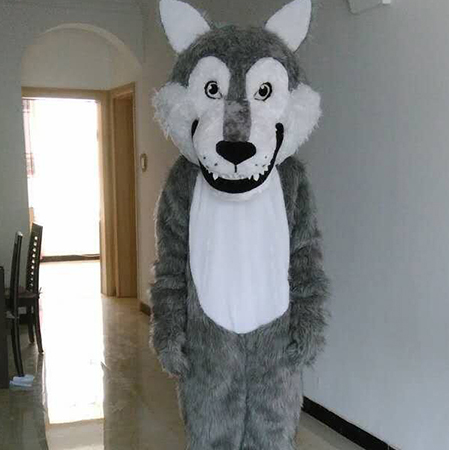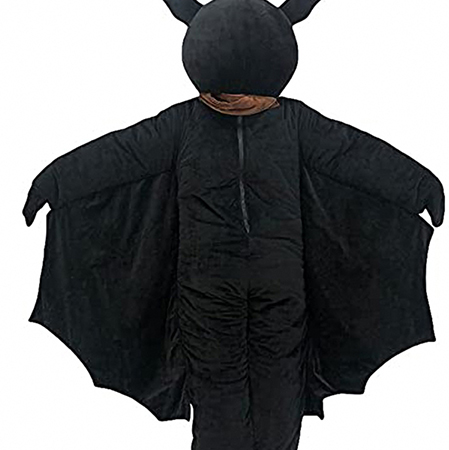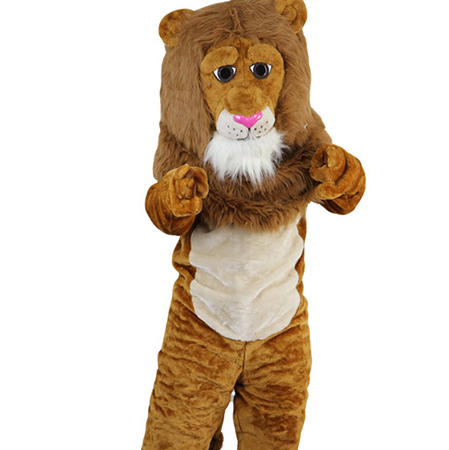The Silent Roar: How Costume Design Contributes to Non-Verbal Performance
Costume design significantly enhances non-verbal performance, with lion mascot costumes being a prime example. These costumes symbolize strength and courage, allowing performers to embody these qualities through their movements. Meticulous craftsmanship, including fur texture, vibrant colors, and strategic element placement, makes the character believable and engaging. The physical demands of wearing the costume transform simple actions into expressive performances, reinforcing the narrative. Additionally, lion mascots symbolize team spirit and community identity, fostering a shared experience. Ultimately, iconic figures like lion mascots enrich non-verbal storytelling through symbolism, craftsmanship, and physicality.




